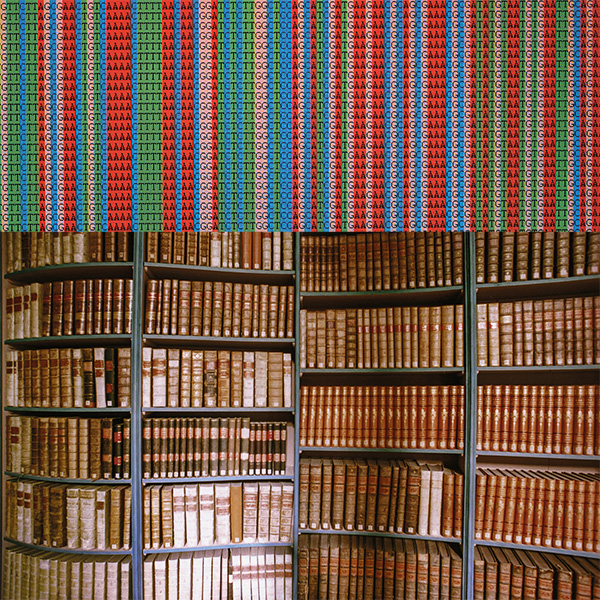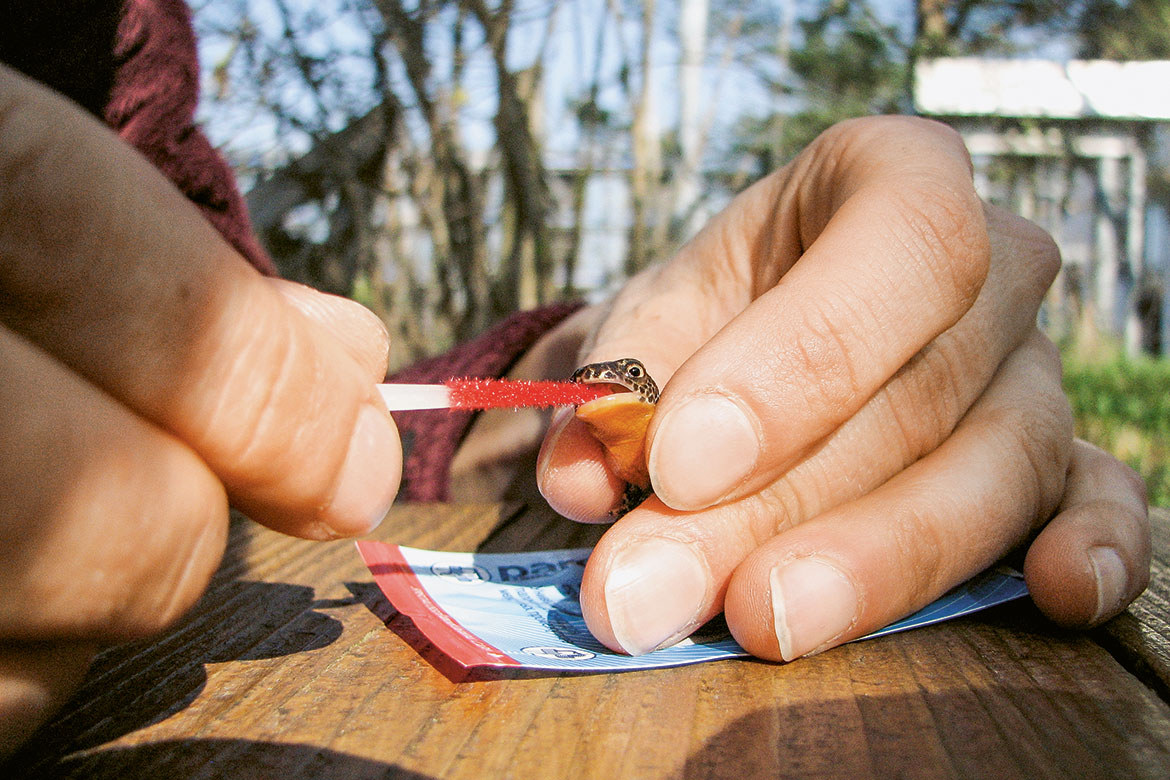DIGITAL MEMORY
With DNA, digital data will endure for centuries
For a long time, we dreamed we could store data on DNA, a compact and durable medium. It is now technically possible. An application is already on the market.

These glass nanoparticles (seen here under an electron microscope) protect DNA from the ambient air and can keep it intact for hundreds of thousands of years. | Image: Heinz Troll
In theory, a single gram of DNA could hold the equivalent of 210 million terabytes of data, about what would fit on as many run-of-the-mill hard drives. It would remain readable for hundreds of thousands of years, compared to just a few decades for current digital media. This compactness and durability make it a promising candidate for storing digital data. This is what the ETH Zurich researchers Robert Grass and Wendelin Stark are working on. This summer, they received the European Inventor Award from the European Patent Office for their advances.
It is easy to represent digital information with DNA. Binary coding is converted into a quaternary code: the four chemical bases of DNA, designated by the letters A, T, G and C. In this case, A is 00, T is 11, G is 10 and C is 01.
The challenge is storage. DNA can only be stored under certain conditions, away from air and oxygen. A process that has proved its worth: DNA can still be read in fossilised human teeth that date back hundreds of millennia. Inspired by this phenomenon, the Zurich researchers encapsulated the molecule in glass nanoparticles. “Glass is the ideal material”, says Grass. “We can handle it on a nanoscale and it does not react with DNA”. The result looks like a kind of greyish powder. In order to read the DNA, it must then be freed from its housing. To bear this out, the scientists immerse the nanoparticles in a fluoride solution that dissolves the glass. The DNA is released and can be read.
The process works only once: once dissolved, the glass does not reform. For this reason, the preferred application of this process is long-term storage, says Grass. “Some library collections or legal archives do not require frequent consultation. This is where DNA has an advantage over standard media”.
“This work is critically important. The main interest of DNA data storage is the long term, and this process is the first to really put this idea into practice”, says Dina Zielinski, a computational biologist at Inserm, France’s national institute for biomedical and human health research, who was not involved with the work in Zurich.
Source tracking
Back in Zurich, the researchers are developing another, perhaps more surprising application. Their start-up Haelixa uses an encapsulated DNA barcode to track textiles along the supply chain: from fibre collection to the finished product. Invisible labels that would also verify the provenance of many other products.
The goal of the scientists, however, remains the storage of large amounts of data in the very long term. “As long as we are made of DNA, we will have a way to read it”, says Grass. “I’m fascinated by the idea that the technology we’ve developed can store our information far into the future. All that’s missing is the key to decrypting it. It’s a bit like trying to reconstruct a jpeg photo from a binary code. It’s complicated but we’re working on it”.
In the near future, the team also wants to optimise DNA synthesis technologies. At present, the processes are slow and expensive, and scientists outsource this step to specialised companies. “The biomedical industry provides very precise sequences, which makes sense in this field. But in the case of digital data, decoders can correct a lot of the errors. For us, the ideal would be a less accurate but faster and more affordable synthesis system”.
For the time being, the researchers are using commercially available sequencers. These machines still need a good night’s work to go through War and Peace”, says Grass. “Even though the technology is constantly improving, it’s still too slow”.
Grass believes that the day is near when reading and writing technologies will be available at low cost. “We need to find the right balance of cost, speed and accuracy. Eventually, solutions should be available to everyone at home”.




